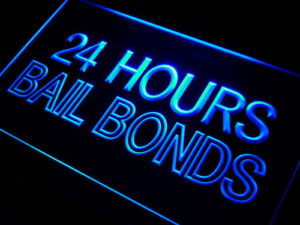Like all of my favorite finance topics, this one was inspired by my daughter’s question, as we slowly drove in the car past the county correctional facility: “Daddy, what are bail bonds?”
Prior to her question, my knowledge of the industry came from watching Robert DeNiro in. Fun movie.
I tried to answer as best I could. “Well, first you need to be arrested for a crime. Then, you really don’t want to spend much time in jail waiting for your trial, so the judge says you have to pledge money to guarantee you’ll return for trial later. But then, you don’t have enough money to pledge. Worse still, you don’t know anybody who has enough money to pledge. So you walk into a bail bonds company trailer…”
Then I kind of got lost, thinking as a banker might, trying to underwrite this financial risk. I’m imagining how awfully risky this must be on the business side. Criminal defendants. With no money. Also, no collateral. That is a rough way to lend money, compared to a bank.
Oh, how I was wrong. Having sat down with bail bondsman David Fernandez of Jailbusters Bail Bonds , as well as Susan Monsalvo of Express Bail bonds, both of Bexar County, I’ve come to a few opposite conclusions.
First, I could see how bail bonds might be very profitable; even more so than a traditional bank.
Second, the underwriting of bail-bond financial risk harkens back to some old-school lending criteria that traditional banks won’t or can’t do anymore.

Let’s talk about the potential profitability first. A typical bail bond company charges a 10 percent fee to customers, meaning if a judge sets $5,000 bail, the defendant pays a $500 fee to the bail bond company, who pledges the $5,000 on his behalf. (I’m using the male pronoun for defendants because, duh, men commit most crimes.)
When the defendant shows up in person for trial, the bail bond company’s $5,000 risk is released and the bail bond business keeps the $500 fee. Now, the first thing to notice about this deal is that any finance company that can earn 10 percent on its capital for just a few weeks or even a few months of financial risk has the potential to earn an extremely high annual rate of return on its capital. This sounds potentially very profitable.










Leave A Comment